When we talk about made in Italy products around the world, there are many images that come to mind and fill the conversations of our interlocutors. A creative design like few others, fashion that has often influenced the style of celebrities, and even eating habits that have ended up spreading throughout the world, such as having an aperitif while sipping a good wine. Not to forget the extraordinary universe of Italian craftsmanship.
There are many habits born thanks to the charm exercised by a certain savoir-vivre often attributed to the Italian people, but also thanks to the appreciation of the countless made in Italy products that reach levels of absolute excellence, whether industrial or handmade.

The Made in Italy products' brand
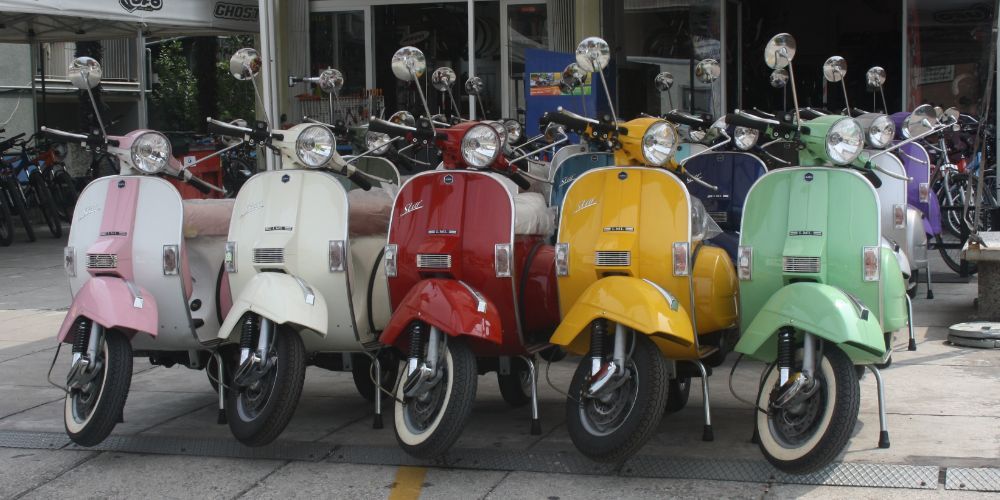
From the Vespa, the famous scooter born in the 1940s, to high fashion clothes. From instruments, part of an extraordinary musical tradition, to the most refined jewels. Italian production is so vast that a brand was born to respond to the need to safeguard not only entrepreneurs and workers, but also the quality of the products themselves. However, it was only in 1999 that this brand was created, while a law punishing counterfeiters dates back to 2004.
Made in Italy is so important that it is in seventh place as an index of consumer approval all over the world, but not only that, it is also the third most famous brand in the world after Visa and Cocacola. It is therefore a heritage of inestimable value, which must be preserved and guarded.
Let's see some of the most important and famous products made in Italy.
Discover Tuscany on a VespaArtisanal made in Italy products
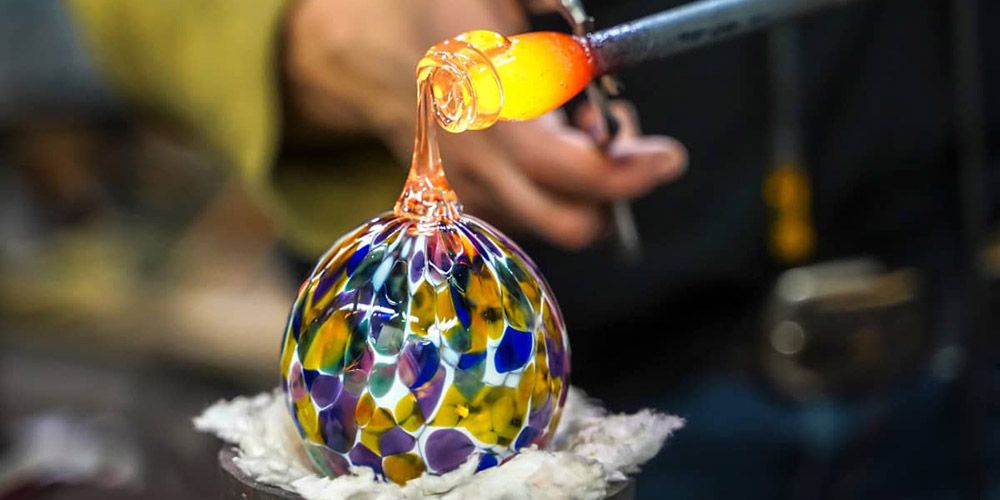
They are one of the peculiarities of the Italian economy, so much so that they are still considered a strategic asset of the Italian system today: these are artisanal Made in Italy products.
The economic backbone of Italy is made up of small and medium-sized enterprises, for historical and political reasons that have their roots in past centuries, and this has given space to great artisan traditions, which survive industrial production precisely because they differ from they. Let's think for example of the ceramics of Capodimonte and beyond, of the glass of Murano, or of the goldsmithery of Vicenza and the Veneto or Sardinian textile sector. Without forgetting the peculiarities of Sicilian craftsmanship, such as the large production of carpets or terracotta objects, including the famous Moor's Heads.
In short, traveling the length and breadth of Italy, specific characteristics will emerge where culture and traditions come together in the hands of wise men and expert masters. Observing the birth of artisanal Made in Italy products up close is a magical experience. In Murano, for example, where the art of handmade glass is more alive than ever, you can participate in workshops and demonstrations held by the best local masters.
Discover how the Murano glass is madeThe deisgn of the Made in Italy products
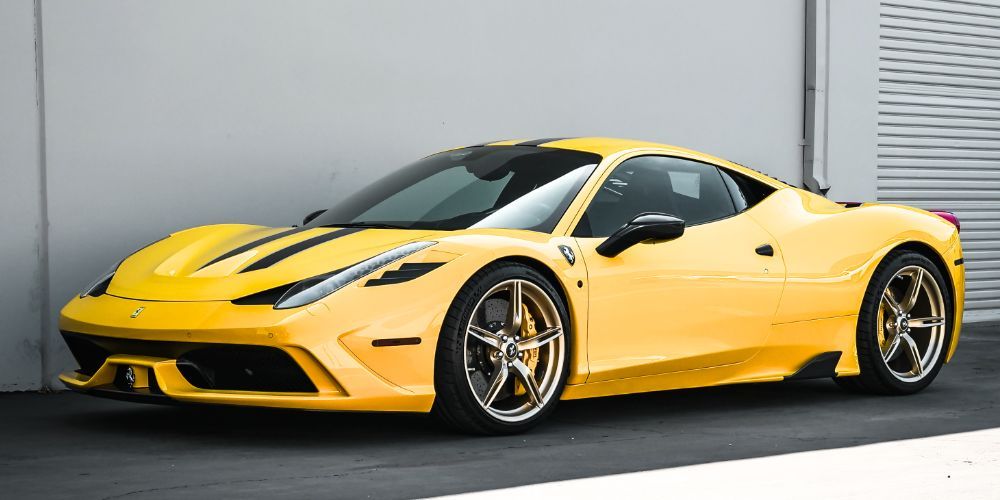
Italian design was born between the two world wars and precisely between the Monza biennial and the Milan triennial, respectively in 1930 and 1933. This sector immediately had a very strong influence around the world and has gone through many phases. Since its heyday engineering and architectural design parted ways, to then move on to the objects of the large industrial production of the 60s, those of the economic boom.
Italian design has spanned the entire 20th century, leaving an indelible mark on the way in which the shape of everyday objects is perceived in contemporary industrial society. Italian style has managed to develop an aesthetic culture capable of combining the country's rich artisan tradition with an anti-modern inclination, while at the same time maintaining a strong tendency towards experimentation in motifs and shapes. To date, the sector in which Italy is a world leader is that of furniture and furnishings, but there's an endless number of products made in Italy famous throughout the world for their design. One for all? The Ferrari, a style icon that is unrivaled in beauty and performance.
Have you ever thought about driving one? In Italy you can, and right in Maranello, where the Ferrari home is located.
Drive a real FerrariEnogastronomy: the tasty side of the Made in Italy products

Food and wine is probably one of the driving sectors of Italian tourism. According to many studies, approximately one in four tourists decides to visit Italy for food and wine reasons, and with good reason.
In short, the Mediterranean diet, a UNESCO heritage site, is one of the major factors attracting tourism around the world. Typical made in Italy products such as pasta, parmesan, buffalo mozzarella, pizza, polenta, and many others contribute to Italian success, without forgetting the great variety and choice of wines, from Barolo to Chianti through Brunello, the offer turns out to be truly unparalleled.
Furthermore, in Italy, food is the best opportunity to be together, both when eating it and when preparing it. Then have fun getting your hands dirty, literally, by taking part in one of the workshops held for example in Rome, to learn the tricks of real homemade Italian pasta.
Learn how to make pastaMade in Italy fashion and haute couture
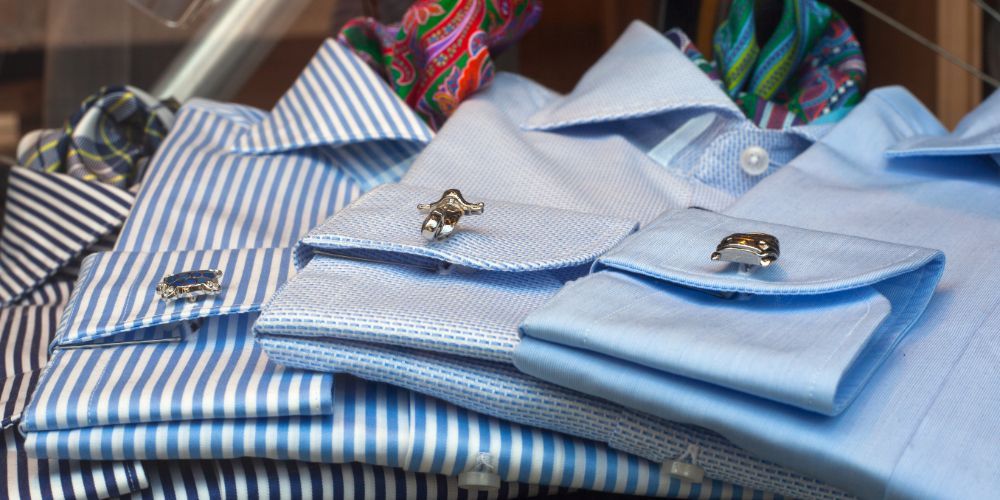
Italian fashion is one of the most important in the world together with that of New York and Japan. The fundamental centers for high fashion Made in Italy products are Milan, Rome and Florence, although the exclusive importance of Milan is unanimously recognized by all, having been elected the world capital of fashion in 2009. The most important Italian brands are based in Milan, which in turn are points of reference throughout the world: Valentino, Versace, Dolce & Gabbana, are just some of them.
Rome is another house of fashion, a peculiarity of the Capitoline city in this regard is the presence of great jewelers such as Bulgari, Fendi, Gattinoni, Renato Balestra and Laura Biagiotti. Finally, Florence, in addition to boasting prestigious local brands such as Roberto Cavalli and Gucci, every year also hosts an internationally renowned exhibition such as Pitti Immagine. Here you can also visit the museum dedicated to Salvatore Ferragamo and his iconic shoes.
The international success of these brands originates from and is accompanied by that of the great Italian tailoring tradition, which makes many Italian cities, such as Naples, true homelands of made-to-measure suits.
Visit Museo FerragamoAbout the author
Written on 26/04/2024


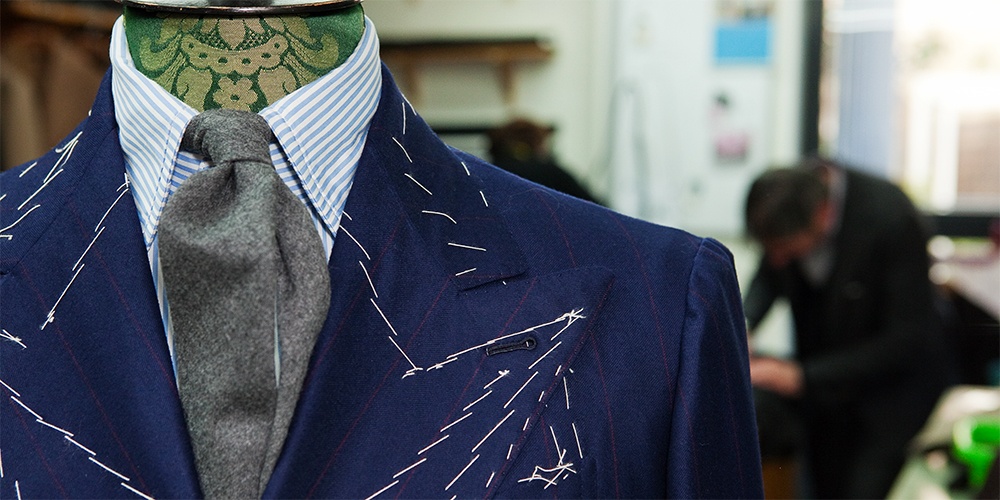
Redazione Visit Italy
Made in Italy products are a symbol of style and elegance. Come and experience the quality, creativity and variety between avant-garde and tradition.